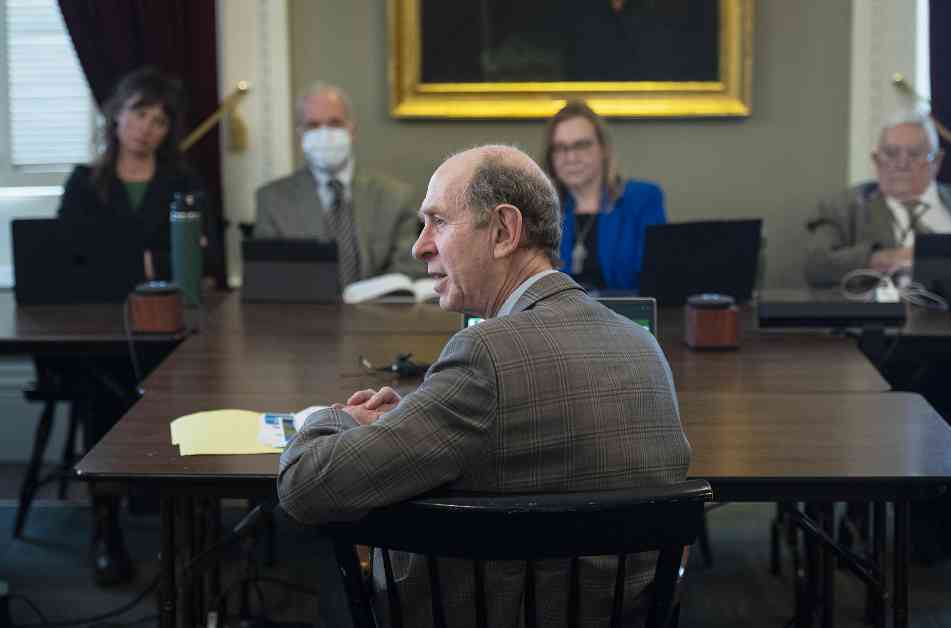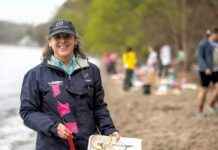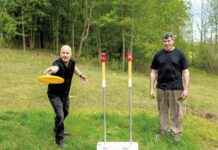Health Commissioner Dr. Mark Levine recently addressed a joint meeting of the House Agriculture, Food Resilience and Forestry Committee and the House Health Care Committees in Montpelier on the topic of avian flu. In his briefing, Levine reassured lawmakers that the risk of avian flu spreading to the general public remains low, with farm workers being potentially at a higher risk due to their proximity to infected animals.
According to Levine, the Centers for Disease Control and Prevention (CDC) have classified avian influenza as a low-risk concern for humans in general. However, individuals working on farms or in poultry-related roles may face a slightly elevated risk, although it is not considered alarmingly high. This insight comes at a time of heightened anxiety, with the recent memory of the Covid-19 pandemic still fresh in the minds of many.
The avian flu, also known as H5N1, has been circulating among both wild and domestic birds and mammals over the past couple of years. While the virus can be lethal in bird populations, its impact on mammals is less severe. Cases of H5N1 have been reported in dairy cattle herds across multiple states, primarily in California, but as of now, no cases have been reported in New England.
In Vermont, H5N1 has been detected in 100 wild birds, five backyard bird flocks, and a bobcat. Fortunately, the virus has not directly affected any Vermont residents. Nationally, the number of confirmed human infections with H5N1 remains relatively low, with just one reported fatality in Louisiana—a patient with pre-existing health conditions. Most individuals infected with the virus have experienced mild symptoms, with the majority being dairy industry workers.
Despite the low transmission rate between humans, Vermont health officials are taking proactive measures to monitor and safeguard residents against the potential threat of avian flu. The Department of Health and the Agency of Agriculture, Food & Markets have been distributing protective gear to farmworkers and implementing regular testing of dairy farm milk. Additional protocols include contact tracing, symptom monitoring, and conducting tabletop exercises to simulate outbreak scenarios.
During the meeting, Health Commissioner Levine emphasized the importance of practicing caution for those who work closely with livestock. Simple steps such as handwashing, wearing protective gear, and avoiding contact between livestock and personal items can help mitigate the risk of exposure to the virus. The ongoing vigilance and preparedness efforts aim to prevent any potential outbreak within the state.
While concerns were raised about the impact of federal funding cuts on pandemic response capabilities, Levine acknowledged the challenges posed by such scenarios. Despite the uncertainties, Vermont health officials remain vigilant in monitoring the situation for any signs of a possible mutation that could facilitate human-to-human transmission of the avian flu virus.
As the nation navigates this delicate balance between preparedness and prevention, the collaborative efforts of health officials, lawmakers, and the public are vital in ensuring the safety and well-being of all individuals. By staying informed, following recommended guidelines, and maintaining a sense of collective responsibility, communities can effectively combat the potential threats posed by emerging infectious diseases.



















